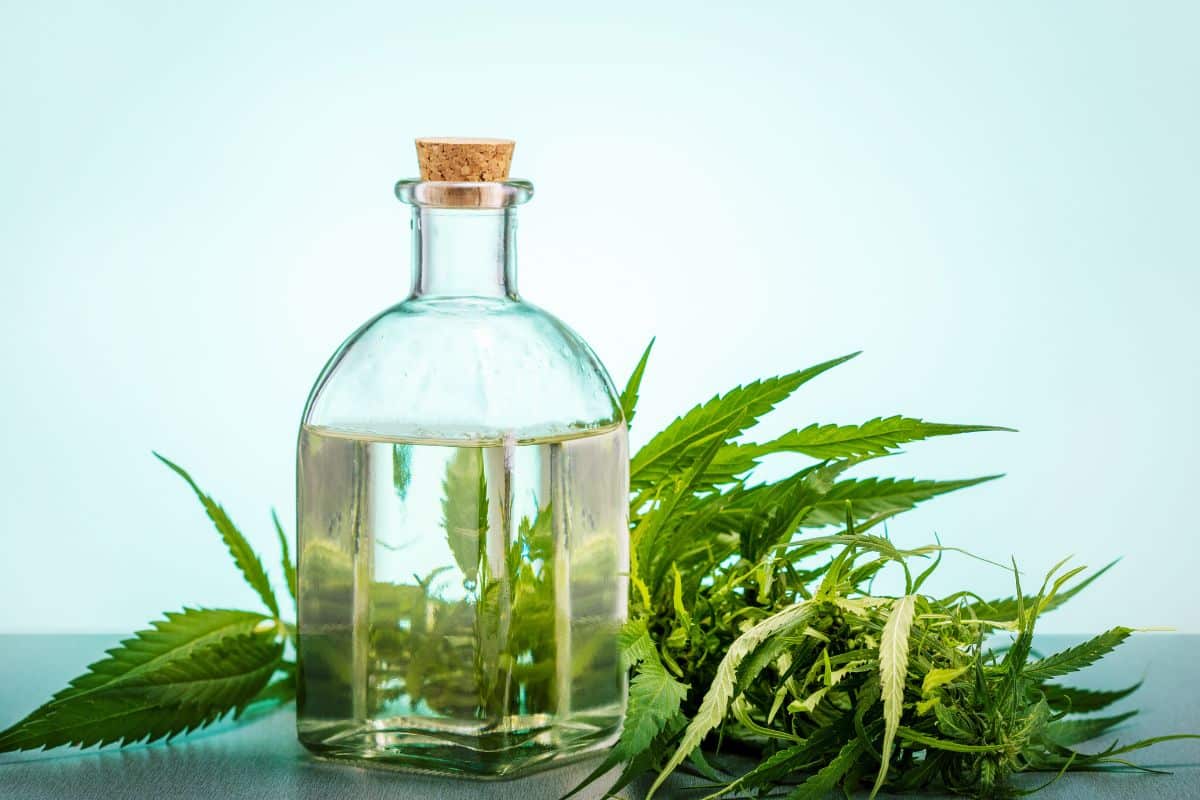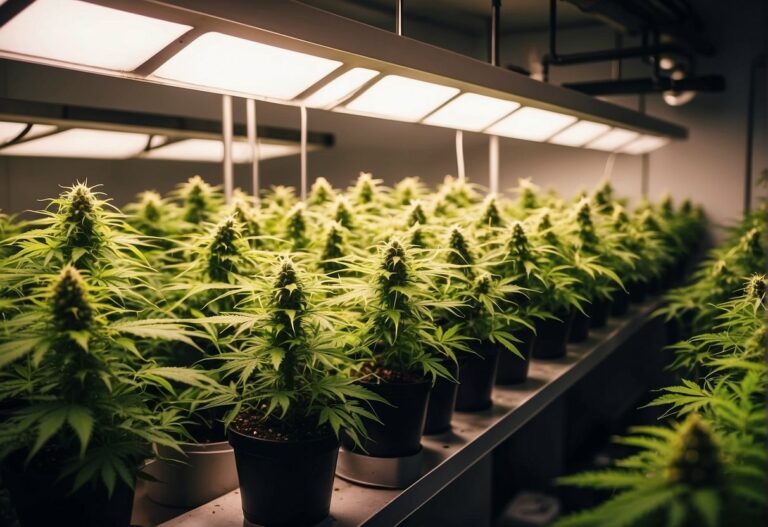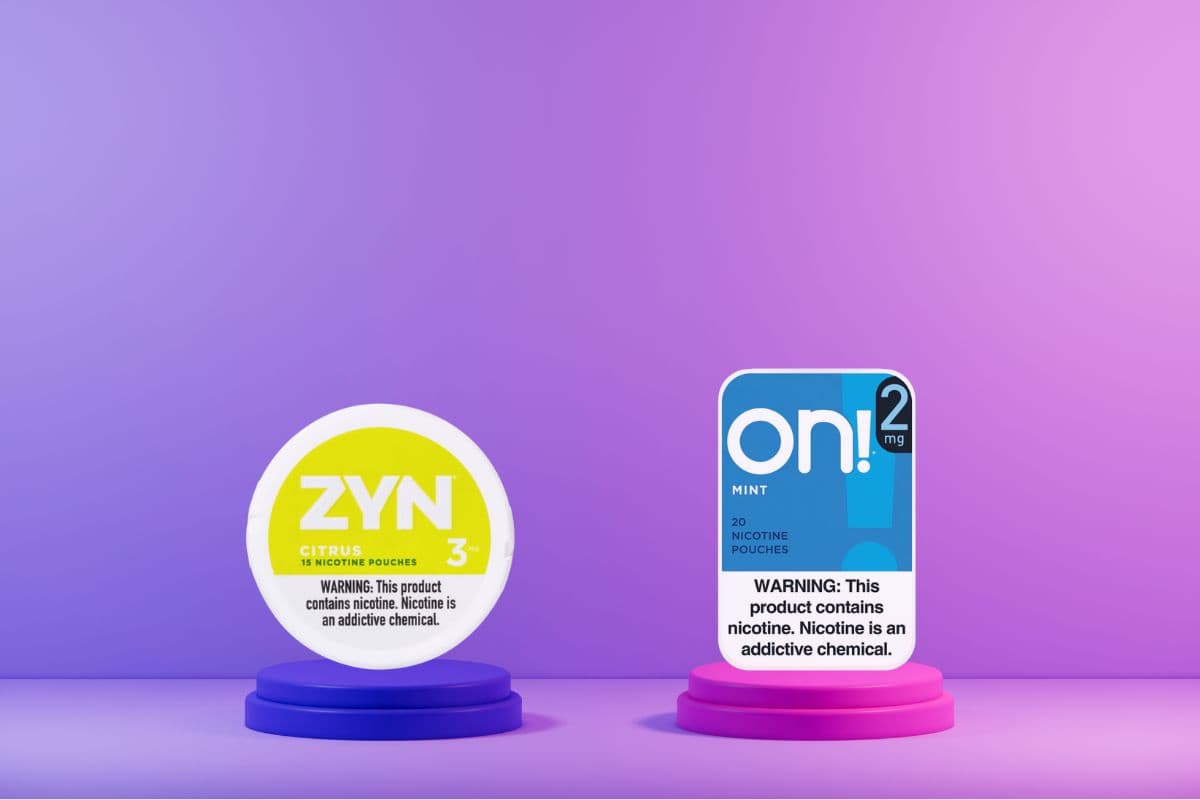THC Boiling Point: Key Facts You Need to Know
Grasping the **boiling point** of THC is crucial for anyone passionate about crafting or enjoying cannabis treats. THC, the shining beacon behind those euphoric highs, requires a precise heat touch to reveal its magic. Mastering this detail isn’t mere trivia; it revolutionizes the method of extracting, savoring, and preserving THC’s potency. Find that sweet heating spot, and you’ll see THC morph from a dense, viscous state into a feather-light vapor. This nifty trick is your ticket to the realms of vaping and concocting concentrates. Stick around, and discover how perfecting this knowledge could elevate your cannabis adventures to new heights.
Table of contents
The boiling point of THC is typically reported to be around 157°C (315°F), which is much higher than the boiling point of water. This information is important when considering the method of consumption, as it can impact the efficiency and effect of THC delivery. Put simply, if you’re using vaporization methods, temperatures must be sufficient to vaporize THC effectively without degrading its potency.
In addition, the accurate knowledge of THC’s boiling point is vital for the creation of cannabis extracts and products. Factors such as atmospheric pressure can affect the boiling point, implying that adjustments may be necessary when creating products at different elevations or when aiming for specific product consistencies. The variable boiling point of THC underscores the importance of precise temperature control in product manufacturing to ensure consistency and quality.
Fundamentals of THC
Tetrahydrocannabinol (THC) is the main psychoactive compound in cannabis that gives you the feeling of being “high.” Understanding its chemical composition and physical properties will give you insight into how THC interacts with your body.
Chemical Composition
THC, or tetrahydrocannabinol, is one of many cannabinoids found in the cannabis plant. It is closely related to other compounds such as cannabinol (CBN), cannabigerol (CBG), and cannabichromene (CBC). These phytocannabinoids share a similar molecular framework which includes a particular arrangement of carbon atoms. Here’s a basic structure breakdown:
- 21 carbon atoms
- 30 hydrogen atoms
- 2 oxygen atoms
This arrangement is crucial because slight modifications can lead to different cannabinoids with varying effects on the human body.
Physical Properties
THC possesses specific physical properties that influence its behavior and how it is used. One key property is its boiling point, which ranges from 315 to 392 degrees Fahrenheit (157 to 200 degrees Celsius). This variable point depends largely on the purity and the atmospheric pressure at which the compound is heated.
The state of THC at room temperature is viscous and amber-like. Under the following conditions:
- State: Liquid (at high purities, it may appear as a resinous substance)
- Color: Amber
- Solubility: THC is lipid-soluble, meaning it dissolves in oils and fats
Recognizing these properties is essential to comprehend how THC is extracted and synthesized for various uses, from medicinal purposes to recreational enjoyment.
Thermal Characteristics
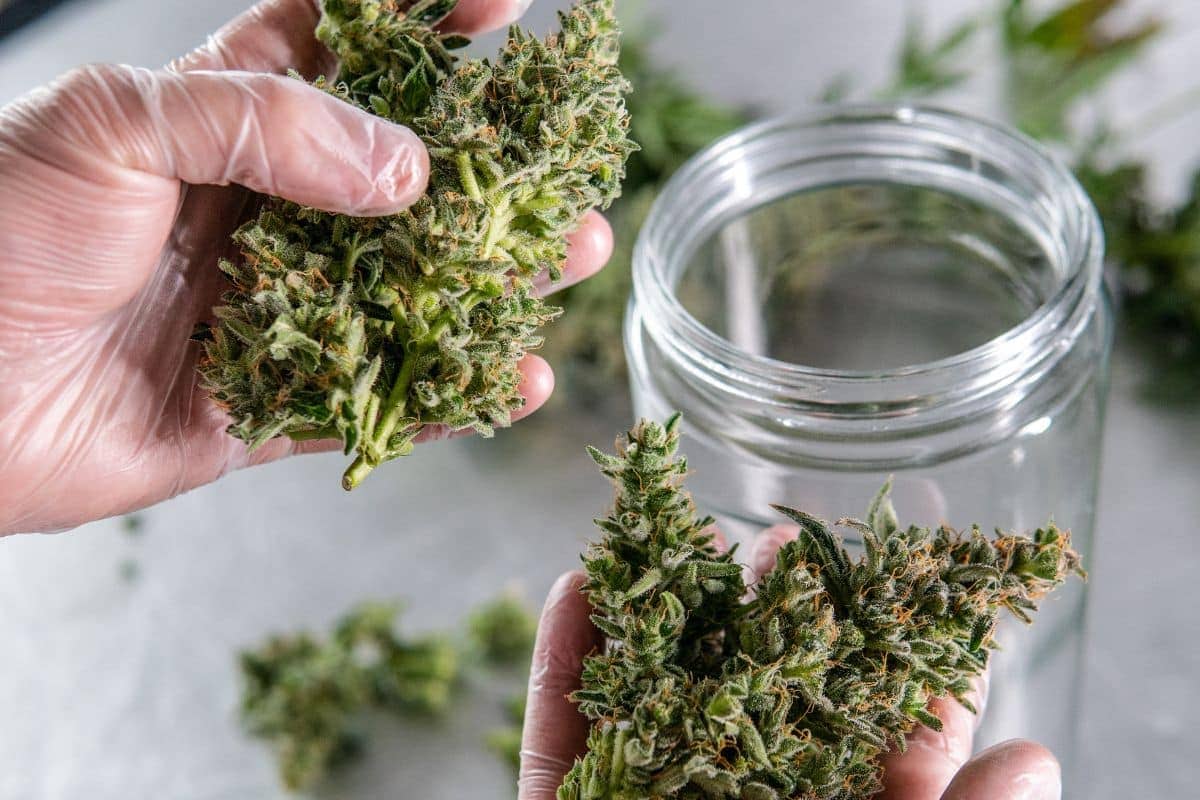
Understanding the thermal characteristics of THC is integral for both its practical applications and scientific study. Accurate knowledge of the THC boiling point is critical when vaporizing or extracting compounds for medicinal use.
THC Boiling Point
Tetrahydrocannabinol (THC) is known to boil at approximately 155–157 degrees Celsius. This is the temperature at which THC converts from a liquid to a vapor. Boiling points can offer insight into the purity and composition of the substance, and are a key consideration when designing products such as vaporizers, which must reach this temperature to effectively release THC in vapor form.
Factors Affecting Boiling Point
The boiling point of a substance can vary depending on several factors:
- Atmospheric Pressure: THC’s boiling point is recorded under standard atmospheric pressure. If you decrease the atmospheric pressure, for instance by using a vacuum, the boiling point of THC will be lower.
- Purity: The presence of impurities in a sample can raise or lower the boiling point. A pure THC extract will have a consistent boiling point whereas a mixture might exhibit a range.
Temperature control is crucial for processes that involve THC to ensure that it vaporizes at the correct point, preventing degradation of the product. When you heat THC to its boiling point under normal atmospheric pressure, it will vaporize. Under a vacuum, it can vaporize at a lower temperature, which is beneficial in certain manufacturing processes to prevent thermal decomposition.
Extraction and Consumption Methods
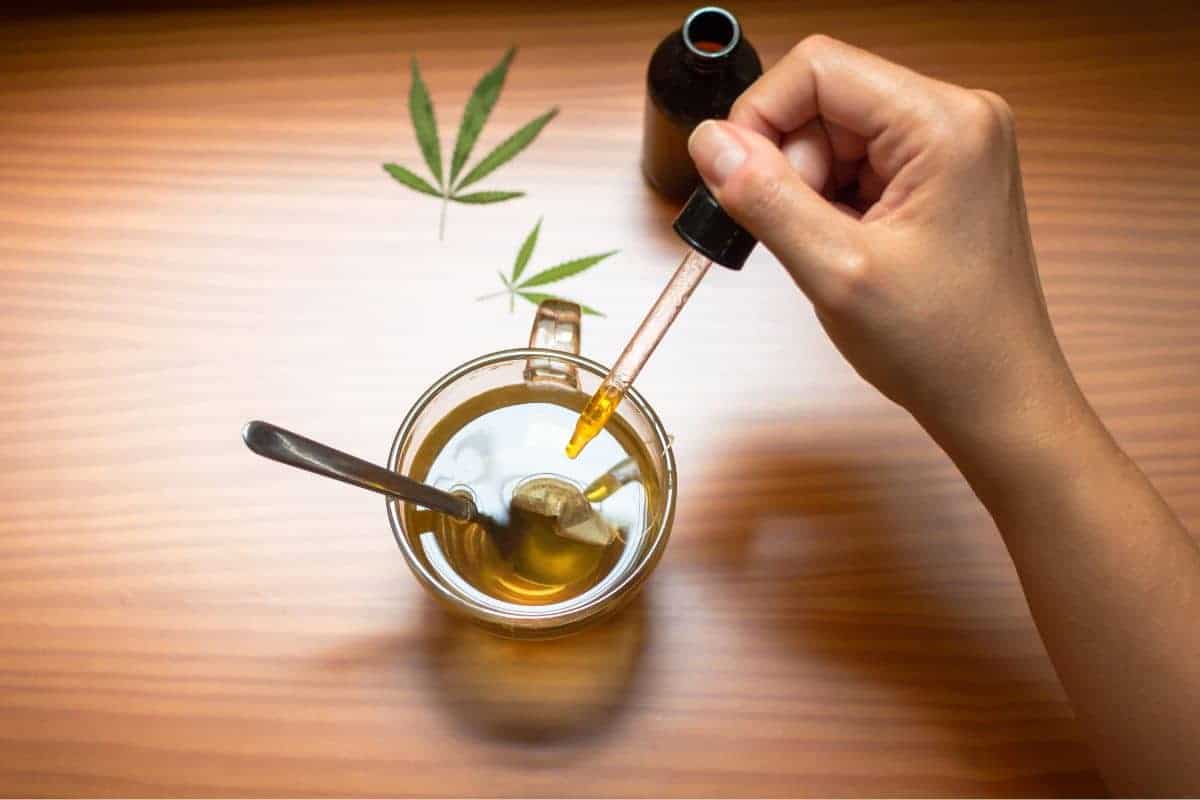
When you choose to consume THC, the methods you pick can influence the effects, intensity, and duration of your experience. Vaporization and smoking offer more immediate effects, while edibles take longer due to the digestion process.
Vaporization
Using a vaporizer allows for the heating of cannabis flower or concentrates to a temperature that turns the active compounds into vapor. By vaporizing THC, it doesn’t combust, which can preserve more terpenes and reduce the intake of harmful byproducts. Most vaporizers let you control the temperature; it’s vital to know that THC boils at around 157°C (315°F).
- Portable vaporizers: Ideal for discreet use and controlled dosage.
- Desktop vaporizers: Typically more powerful with precise temperature settings.
Smoking
Conventional smoking methods, such as using a joint or bong, burn the cannabis material directly. This combustion releases THC, but also creates additional chemicals that you inhale. When you smoke, the THC reaches your bloodstream quickly through your lungs.
- Joints: Ground cannabis flower wrapped in paper; straightforward and portable.
- Bongs: Filtration through water can cool the smoke, potentially making it smoother to inhale.
Edibles
Edibles are food products infused with cannabis extracts. When you consume edibles, the THC is metabolized by your liver, converting it to 11-hydroxy-THC, a potent compound. This process can take time, often resulting in a longer onset but more prolonged effects.
- Home preparation: Cannabis-infused butter or oil can be used to cook a range of foods.
- Commercial edibles: Consistently dosed products like gummies, chocolates, or beverages.
Remember to consider personal tolerance and local laws when choosing how you consume THC.
Interaction with Other Cannabis Compounds
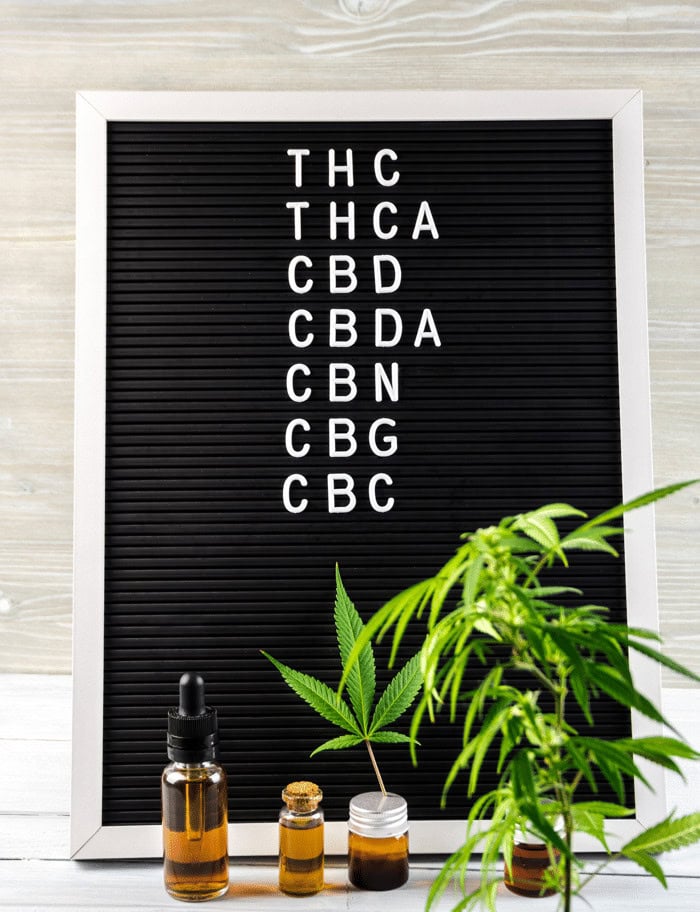
When considering the boiling point of THC, it’s crucial to understand how it interacts with other compounds in cannabis. These interactions can modulate effects and alter boiling points.
Synergistic Effects
The entourage effect is a term you’ll encounter when examining how cannabinoids such as THC synergize with other plant components, like terpenes and additional cannabinoids. Essentially, this means that the collective effect of all these compounds working together is more significant than the sum of their individual effects. For instance, terpenes like myrcene and linalool may enhance THC’s psychoactive properties and potentially influence its vaporization temperature.
- Myrcene: Enhances THC’s sedative effects.
- Linalool: May enhance THC’s calming effects.
Terpene Interaction
Terpenes, the aromatic compounds in cannabis, affect THC’s characteristics and its interaction with the human body. Each terpene has a unique boiling point and can influence THC’s vaporization.
- Limonene: Boiling point at around 176°C, is known for its stress-relieving and mood-enhancing properties.
- Caryophyllene: A higher boiling point at about 119°C, interacts with the endocannabinoid system in a manner similar to cannabinoids.
- Pinene: Vaporizes at about 155°C, and may work with THC to provide a clearer high and reduce memory impairment.
- Humulene: Also boiling around 198°C, contributes to the ‘hoppy’ aroma of cannabis.
- Terpinolene: Has a boiling point of approximately 185°C and is thought to provide uplifted mood effects.
- Beta-caryophyllene: Distinct from caryophyllene, may help reduce discomfort and has a boiling point near 130°C.
By understanding these interactions, you can better grasp the complexity of cannabis and how its various compounds may influence the boiling point of THC. Remember, the entourage effect suggests that these compounds are more effective together than in isolation.
THC’s Boiling Point and its Effects
| THC Boiling Point | Effects |
|---|---|
| 157°C (315°F) | Euphoria, Relaxation, Altered Perception |
| 180°C (356°F) | Increased Creativity, Appetite Stimulation |
| 200°C (392°F) | Sedation, Pain Relief, Anti-inflammatory |
| 230°C (446°F) | Intense High, Couch-lock, Strong Sedative Effects |
When you consider the properties of THC, its boiling point is a crucial factor that influences its psychoactive implications and potential medical benefits. Let’s explore how the boiling point of THC can affect its potency and its therapeutic application.
Psychoactive Implications
The boiling point of THC is typically observed at around 315°C (599°F). This is significant because the temperature at which THC is vaporized can affect the intensity and duration of its psychoactive effects. When THC is heated to its boiling point, it is converted into vapor which can be inhaled, delivering the psychoactive compounds efficiently to your system. It is essential to maintain an appropriate temperature to ensure that THC’s effects are optimized without degradation.
Medical Benefits
The process of heating THC to its boiling point also has implications for its medical use. As the active compound turns into vapor, it can provide analgesic effects that may help alleviate chronic pain, including neuropathic pain. Additionally, there is evidence suggesting THC’s anti-inflammatory properties which can be beneficial in treating conditions like epilepsy and reducing anxiety. Controlled vaporization may also assist in managing sleep disorders, ensuring that patients receive accurate dosages for their therapeutic needs. Heating THC properly to leverage its boiling point is essential in maximizing its medical benefits without causing harm or reducing its efficacy.
Advanced Concepts and Research
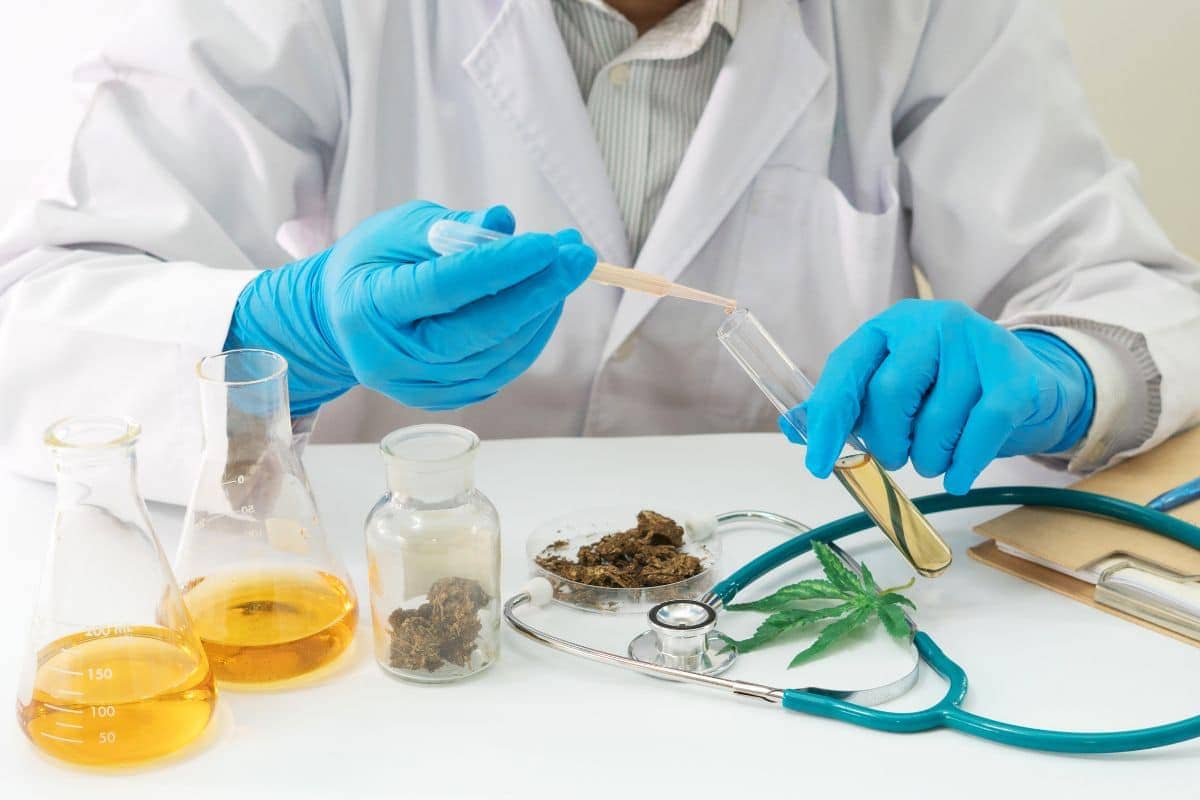
In the exploration of tetrahydrocannabinolic acid (THCa) and its transformation, you’ll discover processes like decarboxylation and the study of cannabinoid derivatives which can alter properties and functionalities.
Decarboxylation
When you apply heat to cannabis, a reaction called decarboxylation occurs, where THCa is converted into active THC, the compound known for its psychoactive effects. Through research, it’s established that decarboxylation is critical for the development of THC’s potency and occurs at temperatures between 105-145°C (220-293°F). This process is essential if you aim to receive the psychoactive effects of cannabis in edibles and other consumed products.
Cannabinoid Derivatives
Cannabinoid derivatives, including THCV (tetrahydrocannabivarin) and CBDV (cannabidivarin), are studied extensively for their unique effects and boiling points. For instance, THCV, similar to THC but with a propyl side chain, has a boiling point of approximately 220°C (428°F). It’s less psychoactive and is researched for potential therapeutic benefits such as appetite suppression. CBDV, closely related to CBDA (cannabidiolic acid), is non-psychoactive and explored for its potential in treating neurological disorders. Understanding the boiling points of these cannabinoids and their effects post-decarboxylation is crucial in harnessing their properties for medical and recreational purposes.
Practical Guidance
When engaging with THC, understanding the optimal temperatures for consumption and the best methods for storage and preservation can markedly impact the yield, aroma, and flavor of your product.
Optimal Consumption Temperatures
Ideal temperature for vaporizing THC is crucial to maximize yield and preserve the delicate balance of aroma and flavor compounds. While THC’s boiling point is around 157°C (315°F), optimal vaporization temperatures can vary:
- Low Range (160–180°C / 320–356°F): Enhances flavor, suitable for users who prefer a less intense experience.
- Medium Range (180–200°C / 356–392°F): Offers a balance between flavor and THC yield.
- High Range (200–220°C / 392–428°F): Maximizes THC release but may diminish flavor and aroma.
Storage and Preservation
Proper storage is imperative to maintaining the quality and potency of your THC products.
- Temperature: Keep in a cool, dark place below 21°C (70°F) to prevent degradation.
- Light: Avoid exposure to direct sunlight as UV rays can deteriorate THC.
- Air: Use airtight containers to limit oxygen exposure which can alter flavor and reduce potency.
- Humidity: Aim for relative humidity levels between 59% and 63% to maintain product integrity without promoting mold.
Regulatory and Legal Considerations
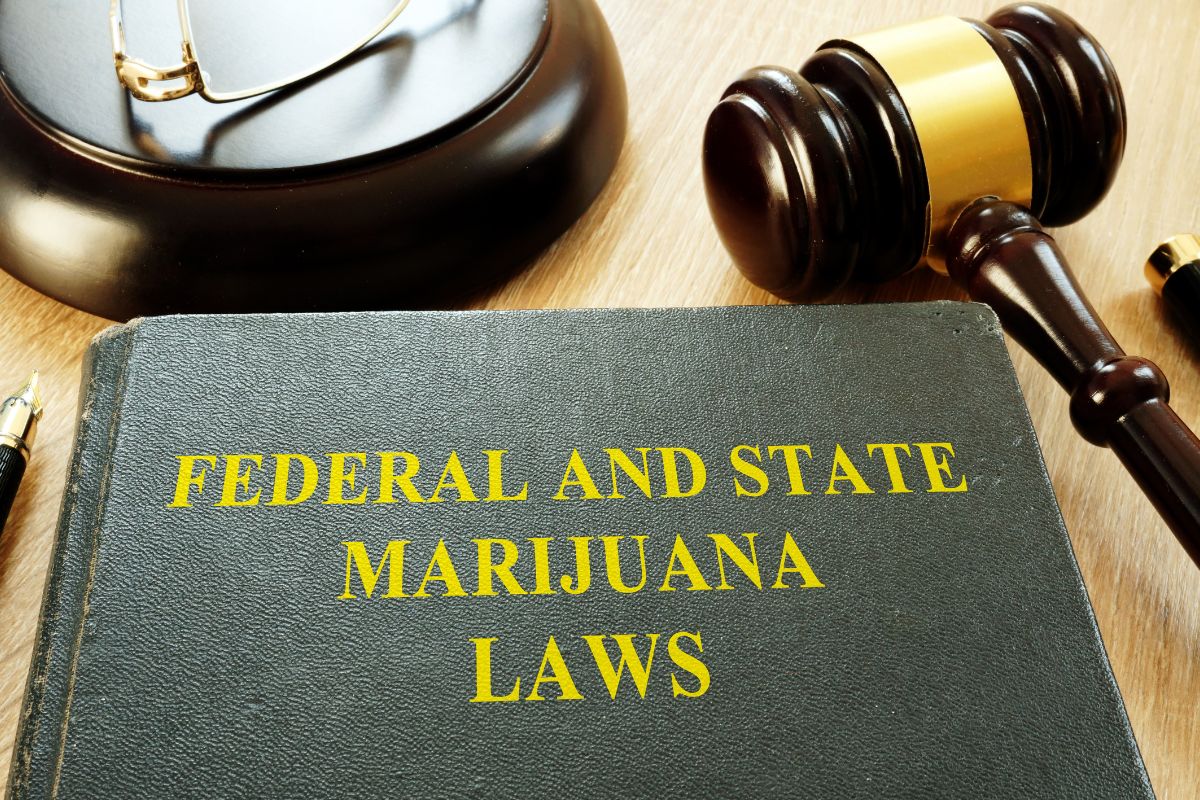
Understanding the regulatory and legal considerations surrounding the boiling point of THC is crucial, as it affects both compliance with federal law and the practical application in scientific and medical fields.
Legality Issues
Legality Under Federal Law: THC is a psychoactive compound found in cannabis, and its legal status is complex. As of the knowledge cutoff in 2023, cannabis is considered illegal under federal law in the United States, specifically under the Controlled Substances Act, classifying it as a Schedule I drug. This categorization means that, federally, the sale, possession, or use of cannabis and cannabis extracts, irrespective of THC content or boiling points, is prohibited. However, individual states have enacted their own regulations, with some permitting the use of medical and recreational cannabis within their jurisdictions.
Legality and Scientific Classification: There are scientific documents and databases, such as PubChem, which provide detailed compound information including the boiling point of THC. While such databases offer valuable scientific information, they do not reflect the legality of THC. Meanwhile, resources like Wikipedia might consolidate both legal information and scientific knowledge, but always cross-reference with up-to-date governmental or legal resources to ensure accuracy in the rapidly evolving legal landscape.
Scientific and Medical Documentation
Documenting Boiling Points: From a scientific standpoint, the boiling point of THC is an important parameter that can influence both the efficacy and safety of cannabis extracts. Detailed in the book “The Analytical Chemistry of Cannabis”, understanding the boiling point is critical for quality assurance in the production of medicinal marijuana and cannabinoid preparations.
Medical Research and Regulatory Compliance: In medical research, knowing the boiling points of different cannabinoids helps determine how to safely administer and regulate cannabis-based treatments. For instance, documentation regarding the boiling points of cannabinoids can be found in scientific reviews such as “Cannabis and cannabis extracts: Greater than the sum of their parts?” These peer-reviewed papers adhere to stringent regulations on scientific reporting and often have implications for medical use and treatment protocols that comply with the regulatory environment.
Frequently Asked Questions
When exploring the characteristics of Delta 9 tetrahydrocannabinol (THC), the boiling point is a critical factor for both extraction and consumption. Understanding these details ensures effective and safe handling.
At what temperature does Delta 9 THC become volatile?
Delta 9 THC becomes volatile at around 157°C (315°F), a temperature that is often used as a reference point for vaporization and extraction processes.
What factors can affect the boiling point of THC?
Factors such as atmospheric pressure, the presence of other substances, and the purity of the THC can affect its boiling point. For example, at higher altitudes where pressure is lower, THC boils at a lower temperature.
How does the boiling point of THC compare to that of CBD?
The boiling point of THC is slightly lower than that of cannabidiol (CBD), which boils at about 160-180°C (320-356°F). This difference can be exploited to separate these compounds during distillation.
What is the significance of the boiling point when extracting or vaporizing THC?
Knowing the boiling point of THC is essential because it dictates the temperature to be used for efficient extraction or vaporization. Exceeding this temperature can lead to degradation of the compound, reducing quality and potency.
Can the boiling point of THC be altered by its purity or concentration?
Yes, the purity and concentration of THC can alter its boiling point. High purity or concentrated forms of THC may boil at a higher temperature, whereas the presence of impurities or dilution might lower the boiling point.
What precautions should be taken when heating THC to avoid degradation?
To avoid degradation of THC when heating, maintain a consistent temperature below its boiling point, and avoid exposure to direct flame or high heat. Use equipment that allows for precise temperature control, and be aware that prolonged heating can deteriorate THC’s quality.

